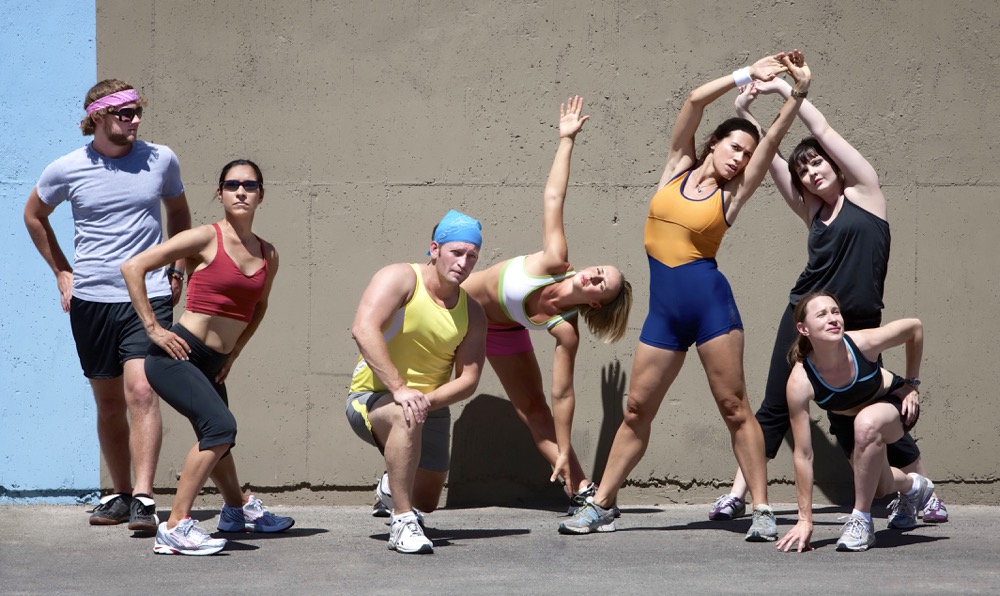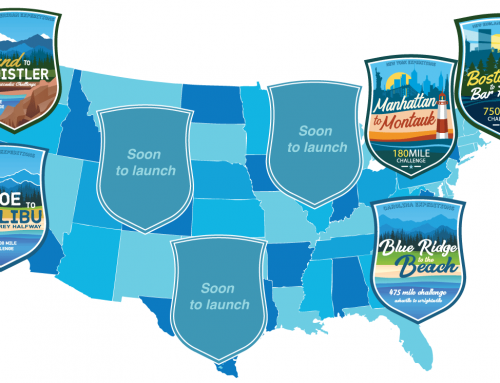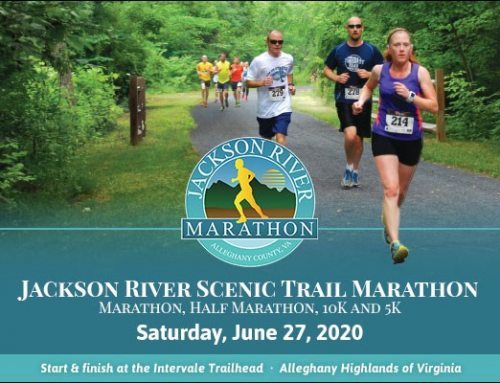By D.C. Lucchesi
Let’s face it. Static stretching hasn’t been cool since “Happy Days” was in prime time, but that still doesn’t mean you don’t see folks at the gym, on the trail, or at the start line diving over to reach for their toes, hiking a leg up over some waist-high fixture, or performing some other archaic move in the name of warming up. Cold or static stretching as it’s called, had a pretty good run. Then again, so did blood-letting by leeches, mullets, and disco. But like many long-held beliefs, we wise up, realize we could be doing more harm than good, then adapt to the latest and greatest. Static stretching has somehow sidestepped extinction, despite the reams of material out there proselytizing more effective and efficient methods – or how to put it in its proper place. Does static stretching nowadays date your running acumen as would logging your miles in a cotton t-shirt? Well, I sure have opinions about the t-shirt thing, but here’s what the coaches and pros have to say about stretching!
Megan Hepp Hovis is a registered dietician, trainer, coach, and for real runner. As a coach, she believes timing is everything. Particularly when it comes to stretching. That’s the point of this piece after all, right?! Hovis has all of her clients perform dynamic stretching before working out, and wait for it… static stretching afterward.
“The dynamic stretches allow for the muscles to fire properly and start the activation process,” said Hovis. “Post run, I recommend stretching the major muscles worked, especially the quads, hamstrings, hips, glutes and calves.”
Hovis’ favorite dynamic stretches include leg swings (front, side and over the fake hurdle), walking knee raises, butt kicks, and lunges with a twist to each side. Here’s a Hovis bonus tip: If you only have time for one exercise then make it the leg swings.
The benefit of dynamic movement to gain flexibility and speed recovery isn’t just limited to what you can do right then and there. USATF certified coach and nurse-in-the-making, Stephanie Sawyer has high praise for yoga. Sawyer says she recommends it for lots of different reasons, including stress relief, which can reduce overall inflammation.
“Yoga is great for repair and flexibility, since a long and lean muscle is more efficient as well as the core strength you gain for holding certain poses.”
I know no one who’s run, read, studied, or written more about biomechanics (and more!) than Jonathan Savage. Using his own body as a laboratory, Savage has simplified any number of scientific studies about running – and authored many of his own at fellrnr.com.
“Flexibility for runners is a bit like Goldilocks,” Savage writes. “ too little flexibility and you can become injured, but too much flexibility reduces your running efficiency.”
Savage, like Hovis, adds that the middle ground can be found with different types of stretches used at different times, each for a unique objective. And that includes the much- discussed idea of a mid-run stretch. Savage is clear to point out that this is different from pre- or post-run stretching.
“Gently moving a limb through its natural range of motion,” adds Savage, “can refresh the muscles.”
The bottom line here: all stretches are not created equally. But you knew that. Choose the right tool for the job and you’ll limit your chances for injury, and improve your overall flexibility along the way.
D.C. Lucchesi runs, rides, and writes from Charlotte. When D.C. isn’t planning or participating in his own “next adventure,” the award-winning writer and former television producer can be found freelancing and waxing poetic on subjects ranging from health and endurance to schools and politics. When he’s not volunteering or coaching in some capacity with school-aged kids, he still enjoys interacting with grown-ups. Find him at dclucchesi@gmail.com.







